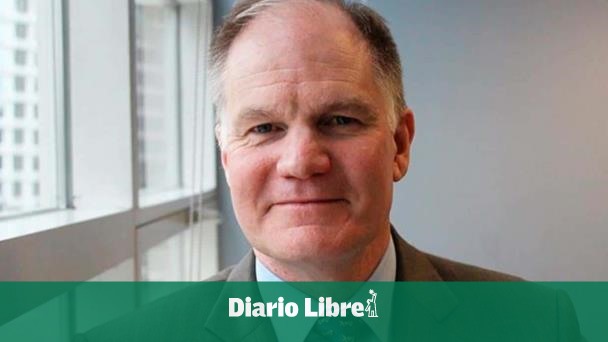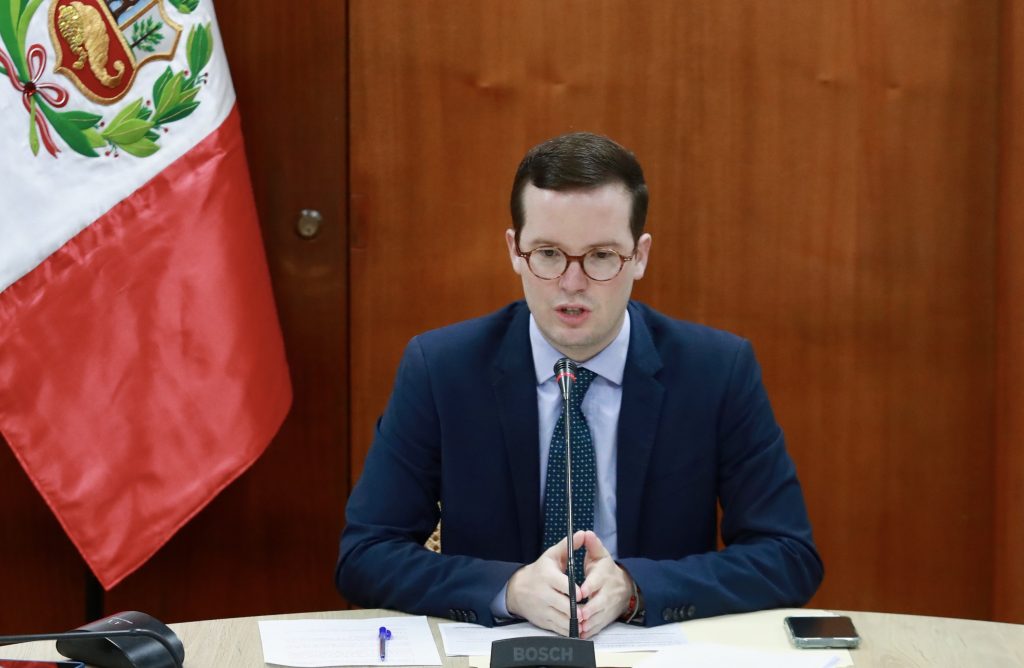The chief economist of the World Bank for Latin America and the Caribbean, William Maloney, recommended to the Dominican Republic take advantage of the implementation of the tax reform to encourage the tax simplification.
“In general these (tax) systems are quite complex in the region, so we must go towards simplification; Of course, we must close these legal loopholes that remain, to ensure that they are as progressive and efficient as they can be,” he said.
In a press conference to present the report “Boosting Wealth for Equity and Growth”, Maloney highlighted that, although in the countries of Latin America and the Caribbean “there have been some fiscal reforms”, there have also been a lot of expenses.
This, in turn, has increased the fiscal deficit of the economies and has undermined the region’s ability to invest in infrastructurean indicator that will continue to deteriorate unless “governments act.”
Maloney also suggested that placing more taxes to the billionaires is a measure that can help mitigate the income deficit facing the region, but it would not be a significant measure, because there are very few billionaires.
Of the 2,700 billionaires there are around the world – of which there are 753 in the United States and 160 in India – there are only 87 billionaires throughout the region of Latin America and the Caribbean, with a current tax rate of just 2%.
“We’re going to need a further expansion of the base tax, keeping an eye on equity,” the expert stressed.
Growth of the dominican economy
The executive of World Bank recognized that the Dominican Republic has been one of the economies fastest growing in Latin America and the Caribbean last year, closing at 2.4% in 2023, two percentage points more than what the organization had projected until then, of 2.2%.
“They grew up, we arewaiting for them to grow more next year, so they have the best numbers in the region, and that’s very good,” Maloney said.
In the report, the World Bank expects the gross domestic product (GDP) Dominican reach a real growth of 5.1% at the end of 2024, projecting a slight drop that would place it at 4.7% by 2025, but that would rebound to 5.0% in 2026.
This is important in a context in which the agency expects that economies of Latin America and the Caribbean will grow by only 1.9%, at the end of 2024, 0.7 percentage points less than the rest of the world, which would culminate in 2.6%, “relatively weak” growth prospects.
Maloney observed that the region is already “winning the war on inflation“after the effects on the pandemic of covid-19 but, even so, food and energy costs “remain high”, with a reduction in interest rates that remains “slow”, with the exception of Chile.
Banking and investments
In matters of banking sectorthe Dominican Republic was one of the economies –along with Paraguay and Honduras– which registered faster growth in credit after the pandemic of covid-19, with rates that ranged between 9% and 17% at the beginning of 2024 in these three countries.
In the rest of the region the banking sector remains stable, “with some signs of stress” and with weak growth in the credit in the economies largest in the region
As for the foreign direct investment in the region (FDI), this fell slightly in Latin America and they continue without growing, with levels 25% lower than those in 2011.
Maloney explained that this is, in part, because taxes in Latin America and the Caribbean are very high compared to other regions, making the region present “a hostile environment” for business.
“It is difficult, in itself, to do business in Latin America and taxes are too high, limiting the foreign direct investment“he stressed.
However, the Dominican Republic It found itself within the exception to this panorama along with Costa Rica. The country received $1.4 billion of greenfield investment and is expanding the semiconductor and medical device sectors.
“Costa Rica and Dominican Republic have tremendous potential and growth, with a creative approach to attract greater nearshoring,” highlighted the executive of the World Bank.

















